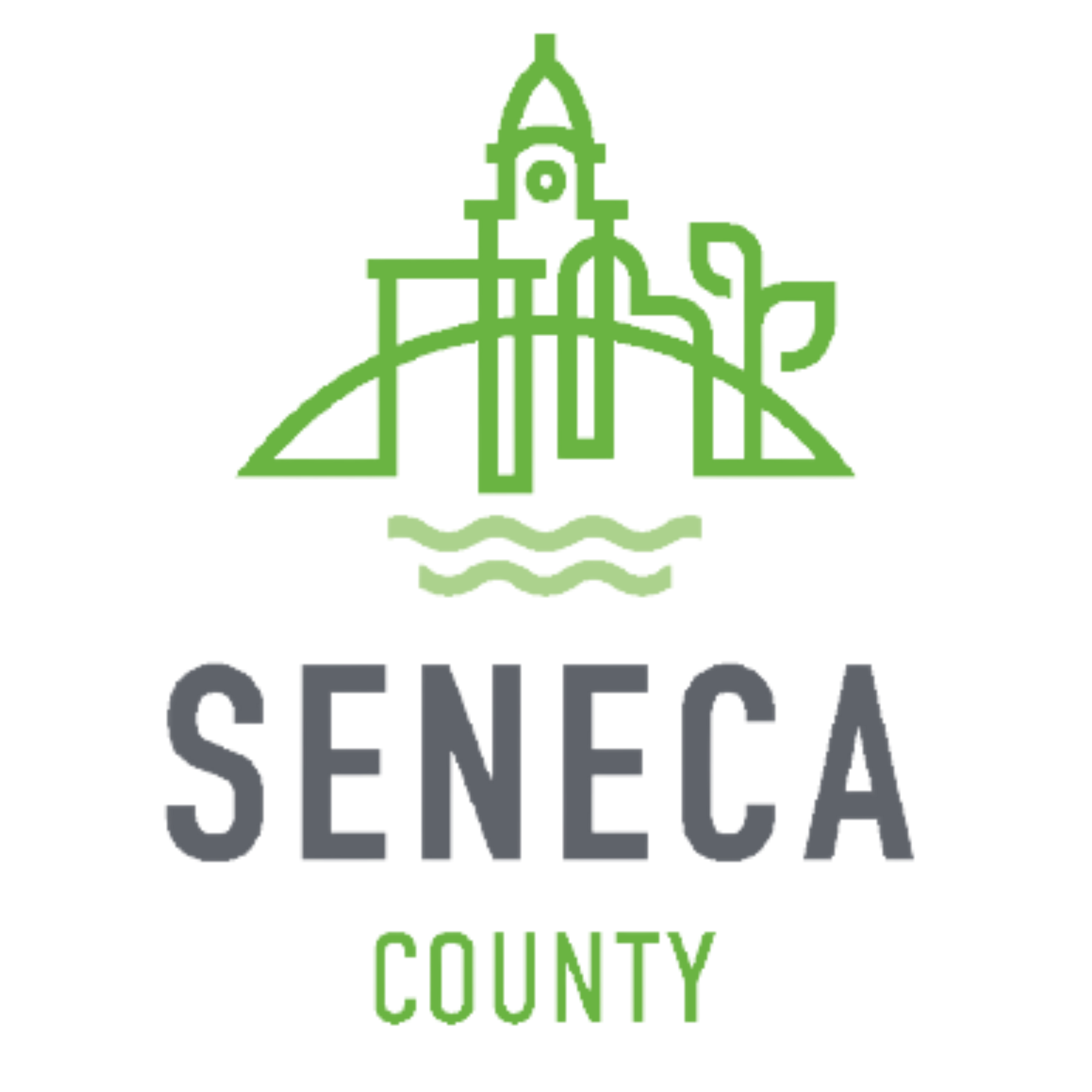County Auditors call on Ohio General Assembly to address burden of unprecedented property tax increases for Ohioans
Today, members of the County Auditors’ Association of Ohio (CAAO) testified before the Ohio General Assembly’s Joint Committee on Property Tax Review and Reform to share proposed solutions to help lessen the burden of property tax increases for millions of Ohioans.
County auditors have been on the front line of the property tax problem in Ohio for numerous years. CAAO members from a diverse group of counties worked together to study solutions concerning the property tax problem, considering a wide range of perspectives and solutions dealing with valuation, tax rates and credits.
“The State of Ohio has cut the income and other taxes dramatically over the years, which is reasonable, but if we aren’t cutting spending at the state level, that burden to fund local services gets placed at the local level where, those who may not benefit from income tax cuts such as seniors, now pay a higher share of the new burden through property taxes,” said Ashtabula County Auditor David Thomas.
“Often those most impacted by these changes have been the anchors of their communities for years or decades – communities that are seeing growth and investment, including the increased property values that go with them,” said Franklin County Auditor Michael Stinziano. “Ohio needs a menu of options so that the needs of each community and each resident can best be met, while recognizing the key role property tax plays in supporting government services.”
Proposed solutions include the following:
- Expand the Homestead Program: Current law exempts taxes on the first $26,200 of property valuation for individuals 65 or older or permanently disabled who have an Ohio Adjusted Gross Income of $36,100 or less. The CAAO proposes increasing both the valuation that would be exempt from property taxes and the income threshold so that more individuals can qualify for the program. This will allow some of our most vulnerable Ohioans to stay in their homes.
- Eliminate the Non-Business Credit and Expand the Owner Occupancy Credit: The State of Ohio pays a portion of qualifying property tax levies on behalf of residential and agricultural property owners, providing a 10% credit. The Non-Business Credit provides a 10% credit to all property owners with residential or agricultural properties, and the Owner Occupancy Credit provides a 2.5% credit to properties that are both owned and occupied as the individual’s primary residence. The CAAO would propose eliminating the Non-Business Credit as it often benefits for-profit owners, while expanding the Owner Occupancy Credit to a meaningful credit that would provide real tax relief to those homes that are owner-occupied.
- Limit the Growth in Revenue Received by School Districts Due to Reappraisal Changes: Under Ohio law, school levies are subject to a floor that will not allow the tax rate to be adjusted downward when reappraisal increases occur. The CAAO proposes eliminating this hard cap on rate reductions and, instead, limiting growth on certain school levies to an inflationary index, containing revenue growth for districts operating at the 20-mill floor. As a result of this most recent valuation increase, many of the school districts operating at the floor received revenue increases in excess of 20%.
- Create a menu of targeted relief: Create tax relief programs aimed to protect low to moderate income residents. These programs could include tax deferrals, income tax credits, or abatements based on a long-term resident’s inability to pay the ever-increasing tax burden.
“While there is not a single solution to solve the property tax issues we are facing, we need to act now to begin addressing this challenge for our taxpayers. Implementing these proposed solutions would lessen the burden for millions of Ohioans, and that is a step we need to take,” said Greene County Auditor David Graham.
